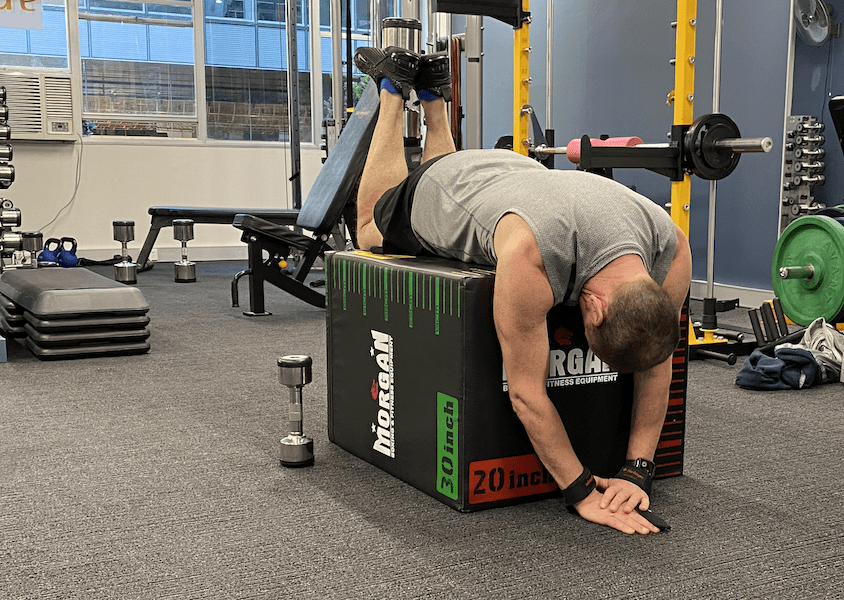Plyometric Training may also be referred to as shock training. This form of training often requires a jump, hop, bound and/or skip.
Plyometrics differs from Ballistic Training, as plyometrics involves rapid reactive contacts with a surface ie. a plyobox or the ground. (Ballistic Training involves the trajectory of objects/implements).
Plyometric training takes advantage of a rapid stretch-shortening cycle, where the muscle begins with an eccentric contraction, then a transitional period ending with a concentric contraction. Plyometrics includes explosive exercises to activate the quick response and elastic properties of the major muscles. This Stretch Shortening Cycle occurs in all all functional movements and can also be describes as the reversible action of muscles.
There are tow forms of Plyometrics,
The Shock Method
Begins with a forced eccentric contraction then immediately converted to a concentric contractions. This is most commonly demonstrated by jumping/ dropping down from a height and experiencing a landing shock resulting in an upward jump. Both the landing and takeoff are executed in an extremely short period of time.
Any Form Of Jump
Involves any form of jump regardless of execution time.
Plyometric Benefits:
* Strength
* Speed
* Power
* Change of Direction Speed
* Balance
* Jumping
* Throwing
* Kicking
* Bone density

Plyometrics Training
